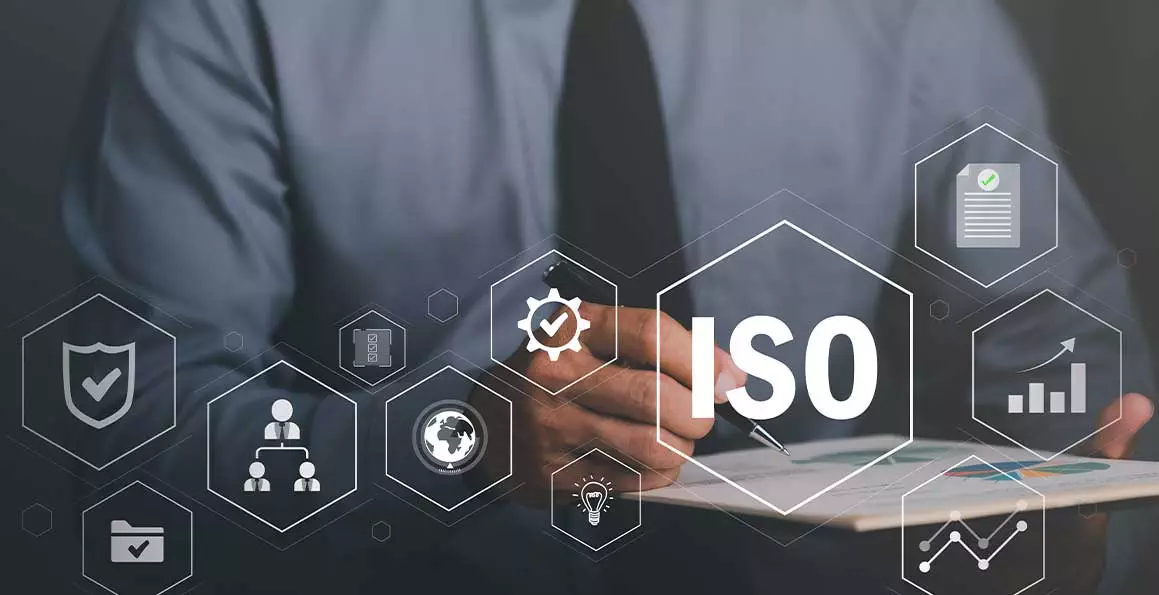How ISO 55000 Can Transform Your Asset Management Strategy

The ISO 55000 series is a globally recognized set of standards for asset management, which includes:
- ISO 55000 – Offers an overview, principles, and terminology for asset management.
- ISO 55001 – Details the requirements for establishing an asset management system.
- ISO 55002 – Provides guidelines for implementing ISO 55001 effectively.
These standards offer a comprehensive framework for managing assets throughout their lifecycle, focusing on maximizing value and minimizing risks.
Understanding Asset Management Plans per ISO 55000/1/2
Asset Management Plans (AMP), as per ISO 55000/1/2, are essential tools for any organization that wants to manage its infrastructure assets effectively. They’re about strategically aligning your assets with your broader business goals.
Let’s break down what makes an Asset Management Plan (AMP) work. Imagine it as a step-by-step guide to managing your infrastructure assets effectively.
Scope and Objectives
This is where you set your sights on what you want to achieve. Are you looking to extend the life of your infrastructure or maintain the existing level of service, improve reliability or safety, or stay ahead of regulatory changes? This section is like your game plan, setting the direction for everything else.
Asset Inventory
It’s all about knowing what you’ve got and where it is. Picture it like a detailed checklist of all your assets. You need to have each asset in a database and know its current condition and value to make smart management decisions. This inventory must be accessible to others in the firm, so it is recommended to use a digital cloud-based repository with historical inspections and maintenance records linked to each asset as well.
Lifecycle Management
It comes into play when you consider an asset’s entire journey—from the day you buy it to when it’s time to retire it. This section helps you make informed decisions about maintenance, upgrades, or replacements, ensuring that each asset gives you the best value.
Risk Management.
Here, you’ll identify potential issues that could affect your assets—like equipment failures or unexpected regulatory changes—and plan how to tackle them. It’s all about staying one step ahead and minimizing risk factors.
Performance Indicators
Such KPIs are like the scorecard for your assets. You set key metrics to track asset performance, such as current conditions and maintenance costs. These indicators help you measure whether your AMP is hitting the mark and where you might need to make adjustments.
Maintenance Strategies
Maintenance strategies are about keeping things running smoothly. You’ll decide on the best approach for regular upkeep—whether that’s routine inspections, predictive maintenance, or even replacing components before they become problematic.
Financial Planning
It is crucial to monitor financial expenditures and forecasts for prudent financial management. This section outlines how much you’ll spend on maintaining and replacing assets, helping you forecast costs and manage your financial resources effectively.
Compliance with Regulations
It ensures you meet all legal and industry standards. This part of the AMP keeps you in compliance with safety regulations, environmental laws, and any other relevant requirements so you stay ahead of compliance issues down the road.
Stakeholder Engagement
Stakeholder engagement is about ensuring everyone with a stake in your assets is on the same page. This means involving team members, management, and even external partners in the planning and execution of your AMP.
Continuous Improvement
Continuous improvement is about making your AMP better over time. As technology evolves and your organization grows, you’ll revisit and refine your plan to ensure it remains effective and relevant.
Each of these components works together to create a solid, actionable plan that helps you get the most out of your assets while keeping risks and costs in check.
Why ISO 55000/1/2 Matters?
Adopting ISO 55000/1/2 will align your organization’s asset management system with global best practices. It’s about ensuring that every asset contributes to your overall business goals and delivers real value.
Wrapping It Up
Aligning your organization’s asset management policy, strategies, and plans with ISO 55000/1/2 will really improve your organization’s asset management system and processes. It’s not just about following standards; it’s about making asset management smarter and more effective.
Watershed Assessment and Management Plans: A Comprehensive Guidet Management Plans?
A watershed is more than just a geographical feature. It represents a critical component of the hydrological cycle, where all the wate…
How Asset Strategy Develops Urban Forest Management Plans
Urban forests are vital to city ecosystems, offering numerous ecological, social, and economic benefits. They improve air quality, provide shade, enhance…
Levels of Service: A Strategic Approach for Municipal Infrastructure
Municipal infrastructure encompasses the essential public facilities and services provided by local governments to ensure the smooth functioning of communities. These include…


